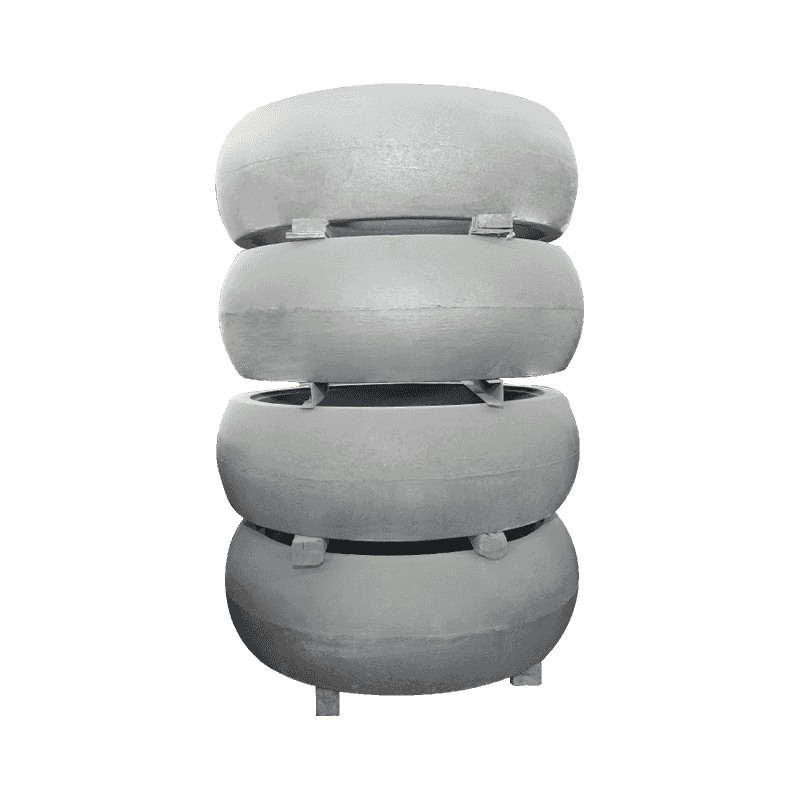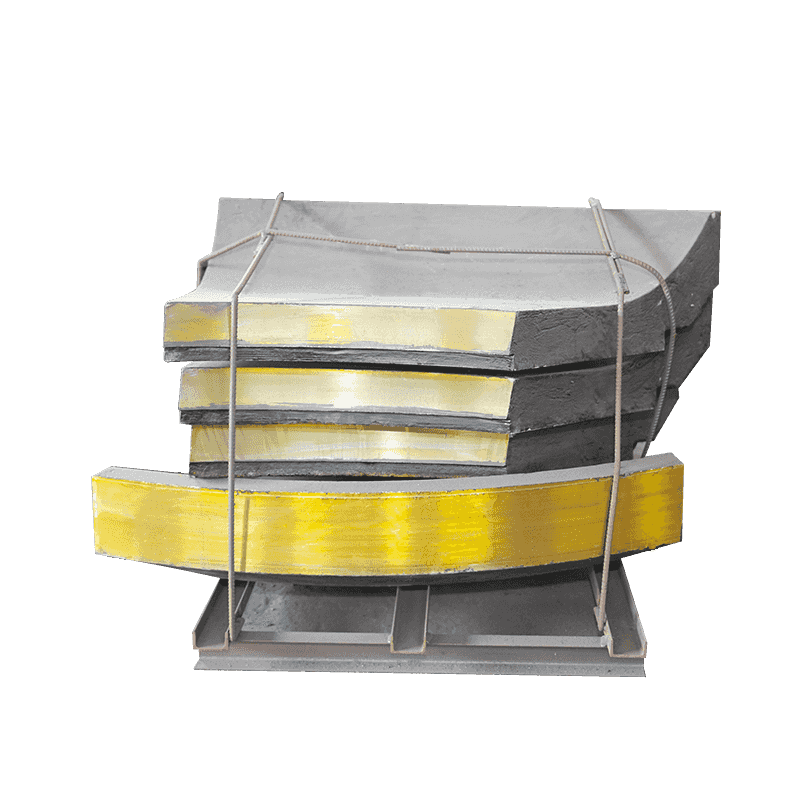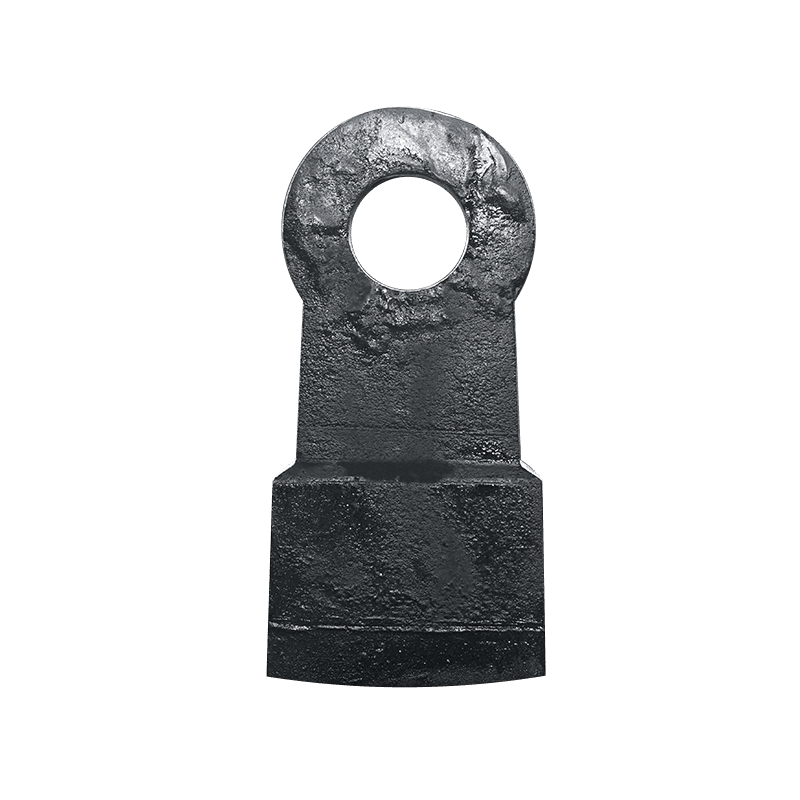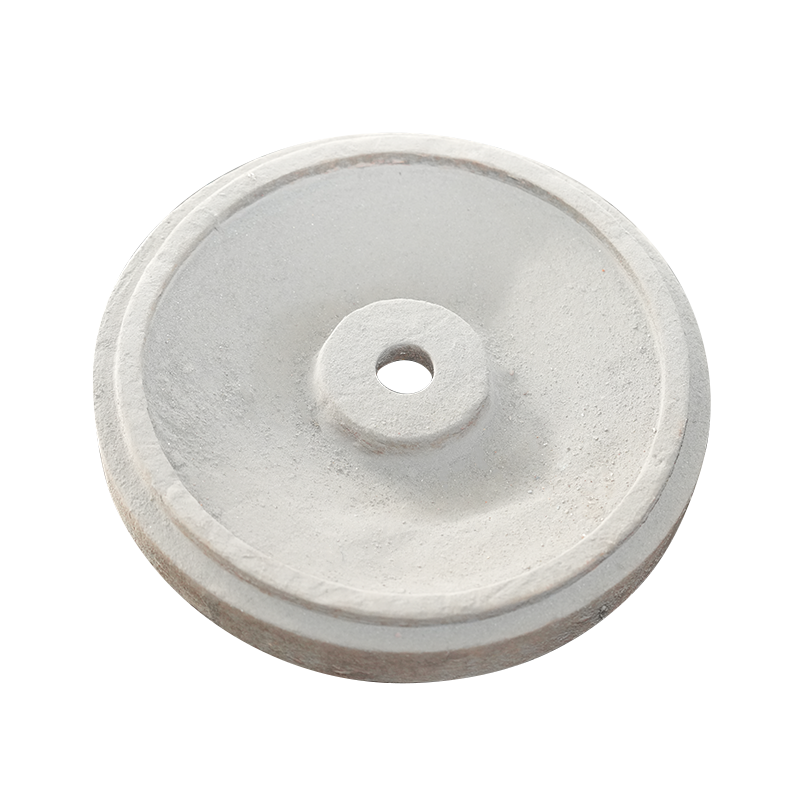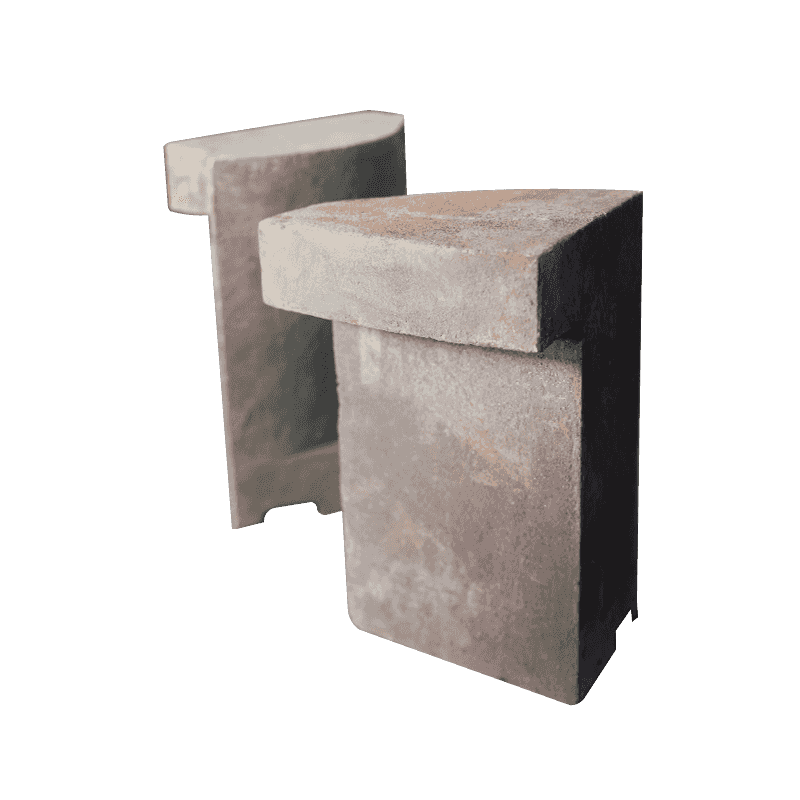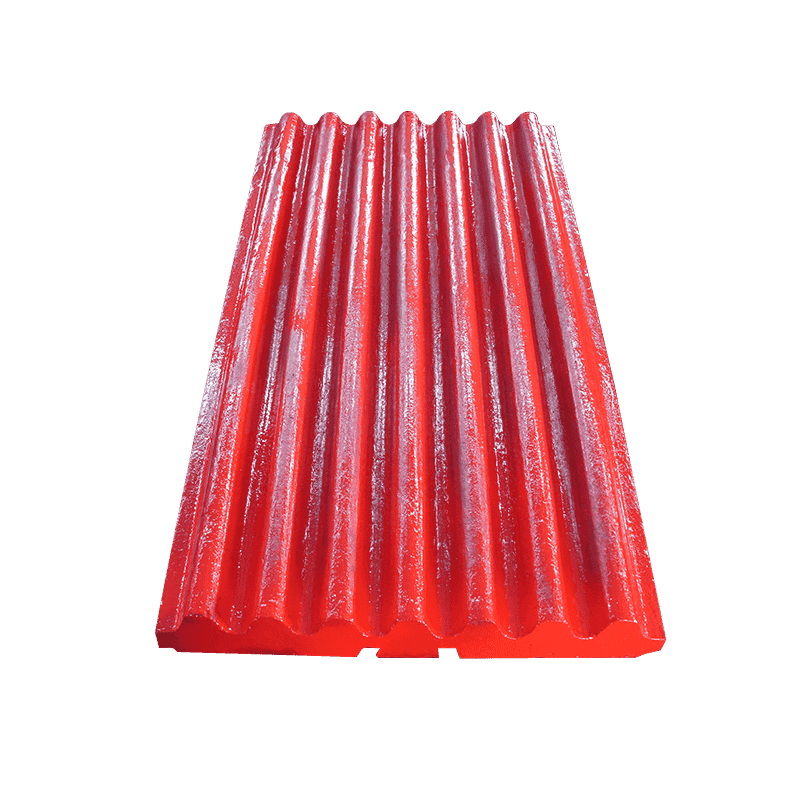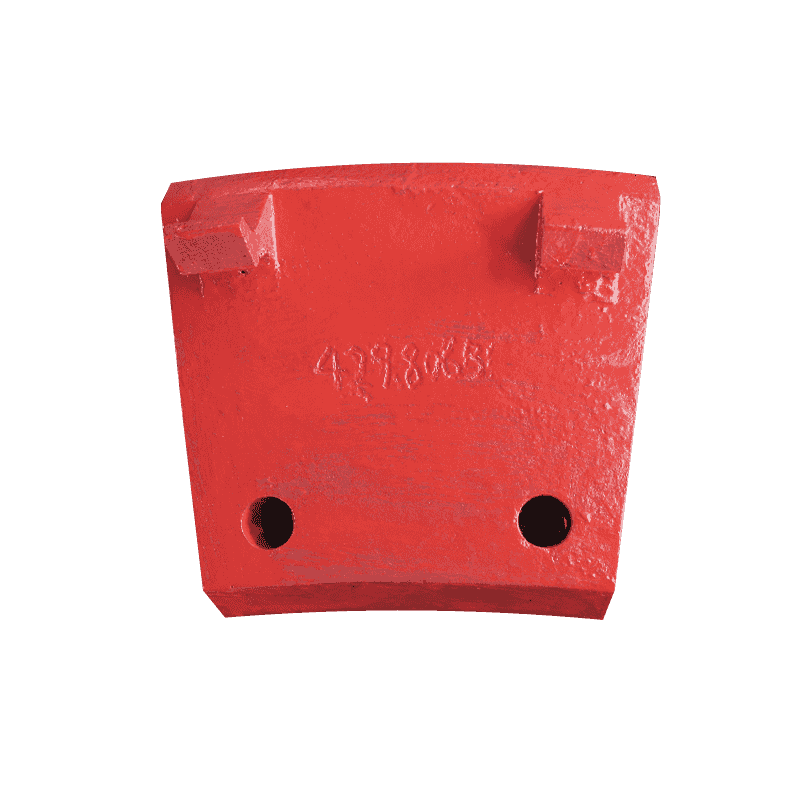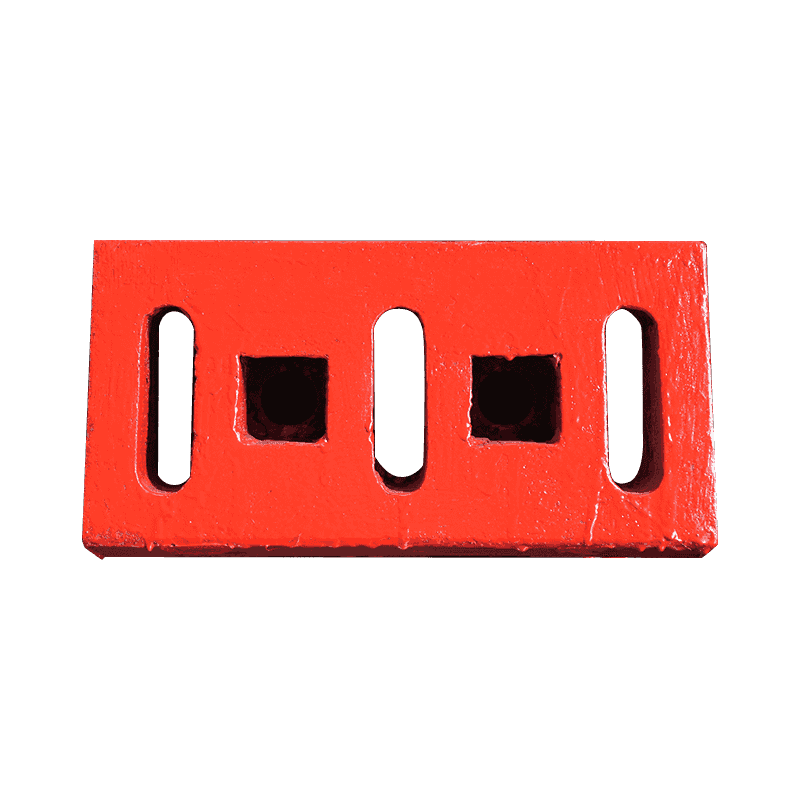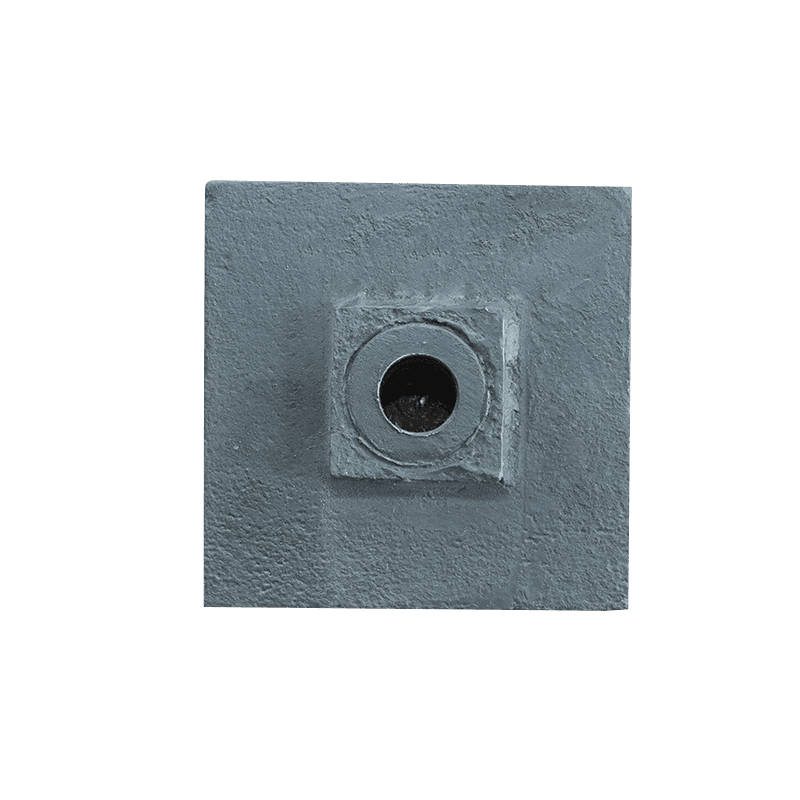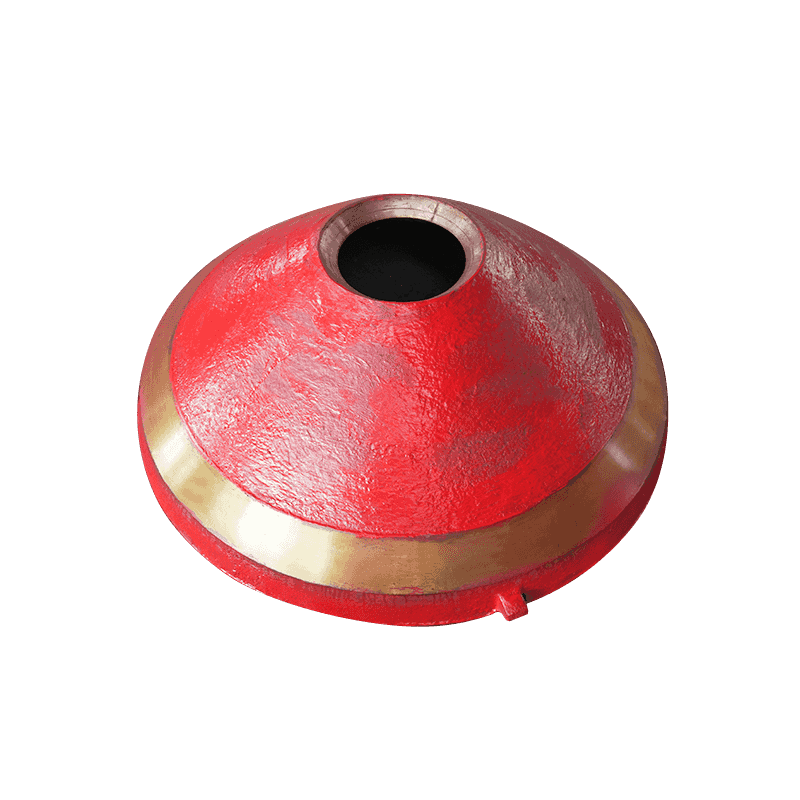How does the heat treatment process affect the mechanical properties of High Chromium Castings, including their hardness, toughness, and impact resistance?
Heat treatment significantly influences the hardness of High Chromium Castings, which is a critical property for their performance in wear-resistant applications. During the heat treatment process, the casting is heated to a specific temperature and then rapidly cooled (quenched). This process transforms the microstructure of the material, often leading to the formation of martensite, which increases hardness. The higher the chromium content, the more resistant the material is to wear and abrasion, but excessive hardness can also make the material more brittle. Heat treatment allows for the adjustment of hardness levels to balance wear resistance with the material's overall durability. In High Chromium Castings, quenching process can produce a hardened surface while retaining some level of toughness beneath the surface, which is crucial for components exposed to abrasive environments, like those found in mining, cement, and aggregate processing industries.
While the heat treatment process increases the hardness of High Chromium Castings, it can also impact their toughness. Toughness refers to the material's ability to absorb energy before fracturing. In many industrial applications, castings must resist sudden impacts or heavy loads. Heat treatment, particularly tempering after quenching, helps to enhance toughness by reducing the brittleness that can result from an excessively hard microstructure. In High Chromium Castings, achieving the right balance between hardness and toughness is key. For example, during tempering, the high-chromium steel is reheated to a lower temperature, allowing the carbon content in the steel to diffuse and reducing internal stresses, which helps improve its ductility and impact resistance.
Impact resistance is a crucial property for High Chromium Castings, especially for components used in crushing, grinding, or heavy machinery, where high-impact forces are common. Heat treatment plays a vital role in improving impact resistance by optimizing the material's microstructure. After the initial quenching step, tempering is typically performed to reduce the brittleness induced by rapid cooling. This helps to prevent the casting from failing under sudden shocks or vibrations. By carefully controlling the heating and cooling rates, manufacturers can produce castings that maintain their ability to absorb and dissipate energy under impact without fracturing. In high-chromium steels, the formation of secondary phases during heat treatment can also contribute to improved impact resistance.
Heat treatment can significantly refine the microstructure of High Chromium Castings, which directly affects their mechanical properties. The cooling rate and temperature during heat treatment determine the distribution and size of the carbides in the microstructure, which can influence both hardness and toughness. High Chromium Castings have a matrix of austenite with embedded chromium carbides, which are responsible for the high wear resistance. Through heat treatment, these carbides can be optimized to provide maximum hardness without making the material excessively brittle. The heat treatment process allows for the fine-tuning of the distribution of carbides, which can improve both toughness and wear resistance simultaneously.
The heat treatment process can also influence the grain structure of High Chromium Castings. The grain structure plays a significant role in the overall mechanical properties of the material. By carefully controlling the heating process, the grain size can be refined to enhance strength and toughness. A finer grain structure results in a more uniform distribution of stresses, which improves the material's ability to withstand high-stress conditions and reduces the risk of crack propagation. In high-chromium castings, achieving a uniform and fine grain structure during heat treatment enhances the material’s resistance to both fatigue and impact loading.

 English
English  русский
русский  عربى
عربى 